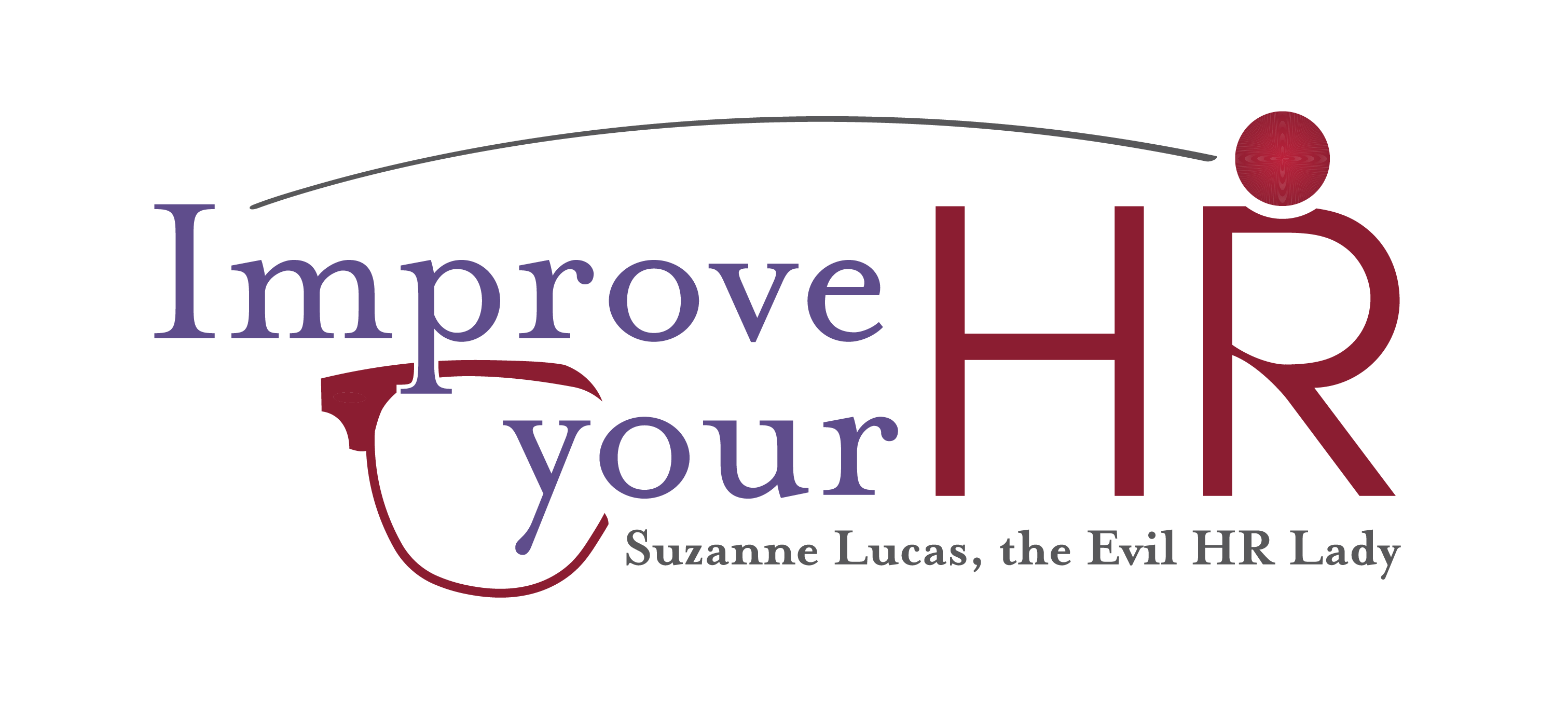If you’re a small business owner (defined as fewer than 500 employees) whose functions aren’t “essential” (and even some whose are) you’re probably feeling a huge financial pinch. You may have laid off employees (painfully), and you may be wondering how you’ll pay your personal bills. The $2 Trillion stimulus act has something that can help out small businesses: The Paycheck Protection Plan.
This portion of the Coronavirus Aid, Relief, and Economic Security (CARES) Act allocates $350 billion in government-backed loans for small businesses.
This allows you to borrow based on your payroll, rent, and utility needs. It’s not a time to borrow to buy equipment or order materials or expand your business. There are rules around it, some of which are a little complicated. You also apply directly at your bank, so hopefully, their expertise can help sort things out for you. But here are a few things you need to know.
Payroll costs definition.
Whenever you’re looking at a government program, getting the definitions right is helpful. The CARES act defines payroll costs as:
- salary, wage, commission, or similar compensation;
- payment of cash tip or equivalent;
- payment for vacation, parental, family, medical, or sick leave;
- allowance for dismissal or separation;
- payment required for the provisions of group health care benefits, including insurance premiums;
- payment of any retirement benefit; or
- payment of State or local tax assessed on the compensation of employees; and
- the sum of payments of any compensation to or income of a sole proprietor or independent contractor that is a wage, commission, income, net earnings from self-employment, or similar compensation and that is in an amount that is not more than $100,000 in 1 year, as prorated for the covered period;
That last bullet point is a bit confusing, and it may include sole proprietors’ schedule C profit (up to $100,000) and something similar for partnerships, says Tax expert, Peter J. Reilly. “Your Schedule C profit would put you in a similar position (slightly better maybe) as an S corporation owner who paid himself a reasonable salary. An S corporation owner that did not pay himself salary might be worse off.”
If Reilly’s interpretation is correct (and I think it is), it opens up coverage to contractors and independent business owners. The National Law Review, agrees confidently. They have no qualms at saying the Payroll Protection Plan includes “sole-proprietors, independent contractors, and other self-employed individuals.”
There are exclusions: individual salaries over $100,000, taxes, employees who reside outside the United States, and anything already covered by Families First Coronavirus Response Act (FFCRA).
How to get this loan
Your bank is where you start–you can go to a different bank, of course, but if you have an established relationship, that’s where you start. You just need to certify that due to the “uncertain” times you need help with payroll and/or utilities and rent–and prove that you were in business as of February 15, 2020. (So, you can’t use this to launch a new business.)
You can then use the money to keep your company running. We all hope that this shutdown period will be temporary. President Trump extended social distancing guidelines to April 30, with the hope that things will get back to normal after that.
Loan forgiveness
One important aspect of this is the potential to have the loan forgiven for up to eight weeks of costs after the loan is given. If you lower your payroll costs during this time period (by laying off, furloughing, or cutting hours), the government will lower the amount of loan forgiveness.
There are no prepayment penalties and any forgiveness dollars will not be considered taxable income.
If you’re struggling to keep your business afloat, this might be a path you want to take. There is no collateral required, the maximum interest rate is 4 percent, and payments can be deferred for six months to one year.
This can be a business saver for your business. Talk with your own accountant about the implications for your specific business.

One question – we’d like to re-hire our previously laid off employees using funds from the PPP, but they can’t come to work. Is it OK to pay an hourly employee that isn’t working?